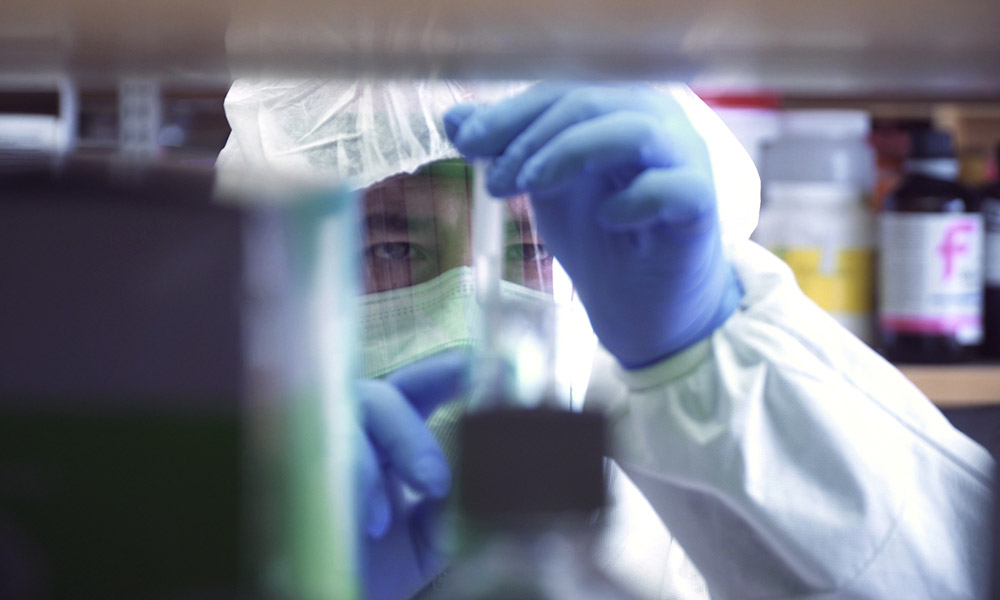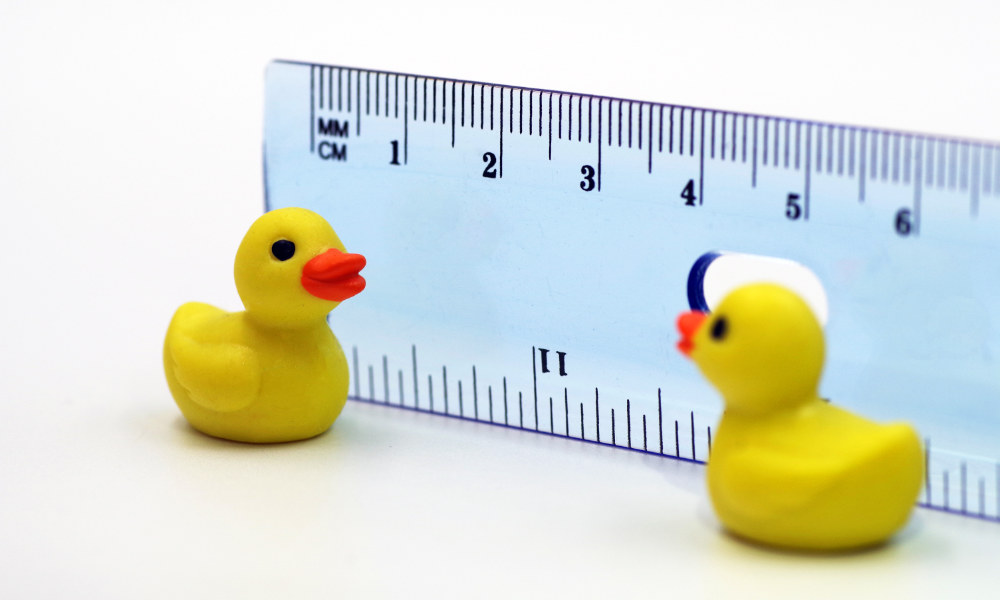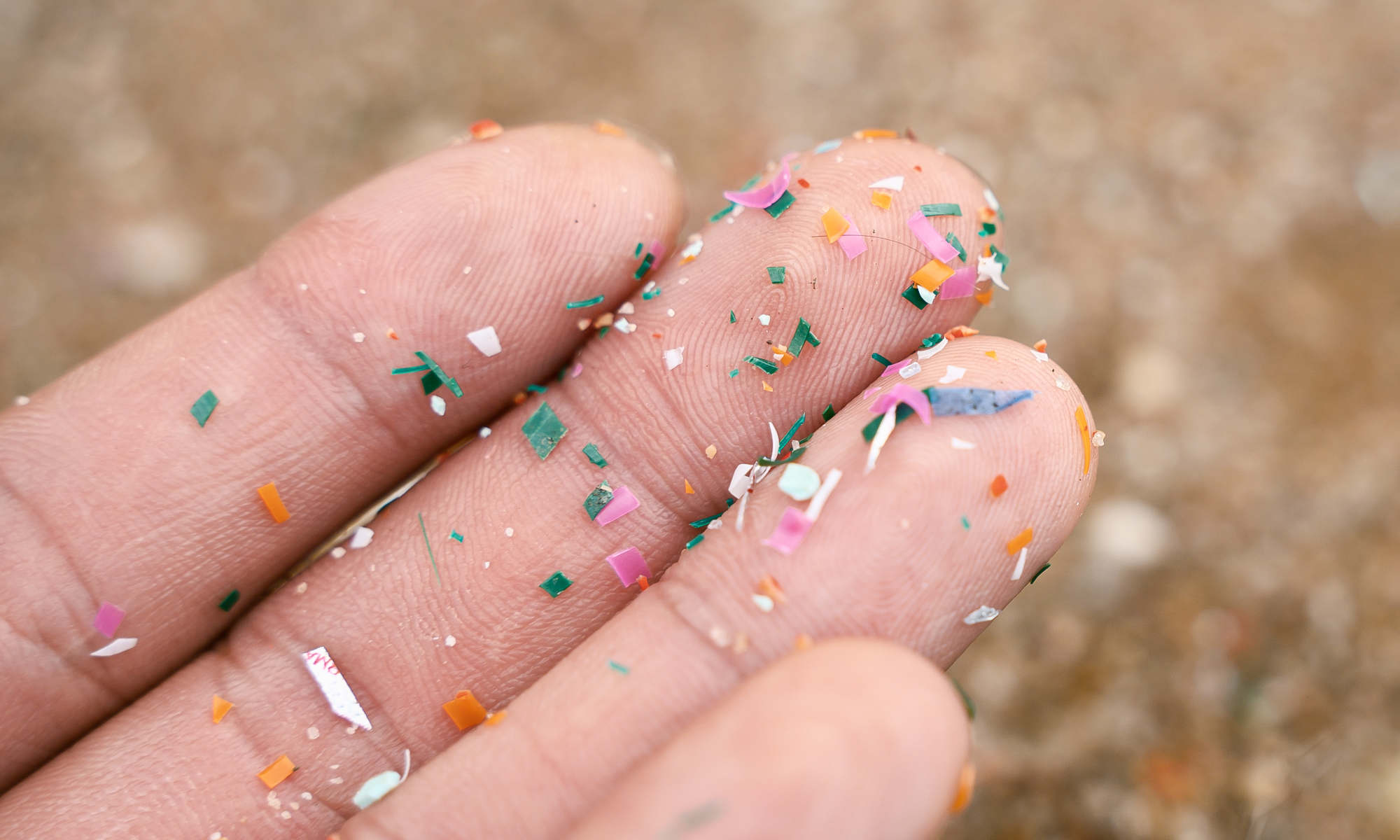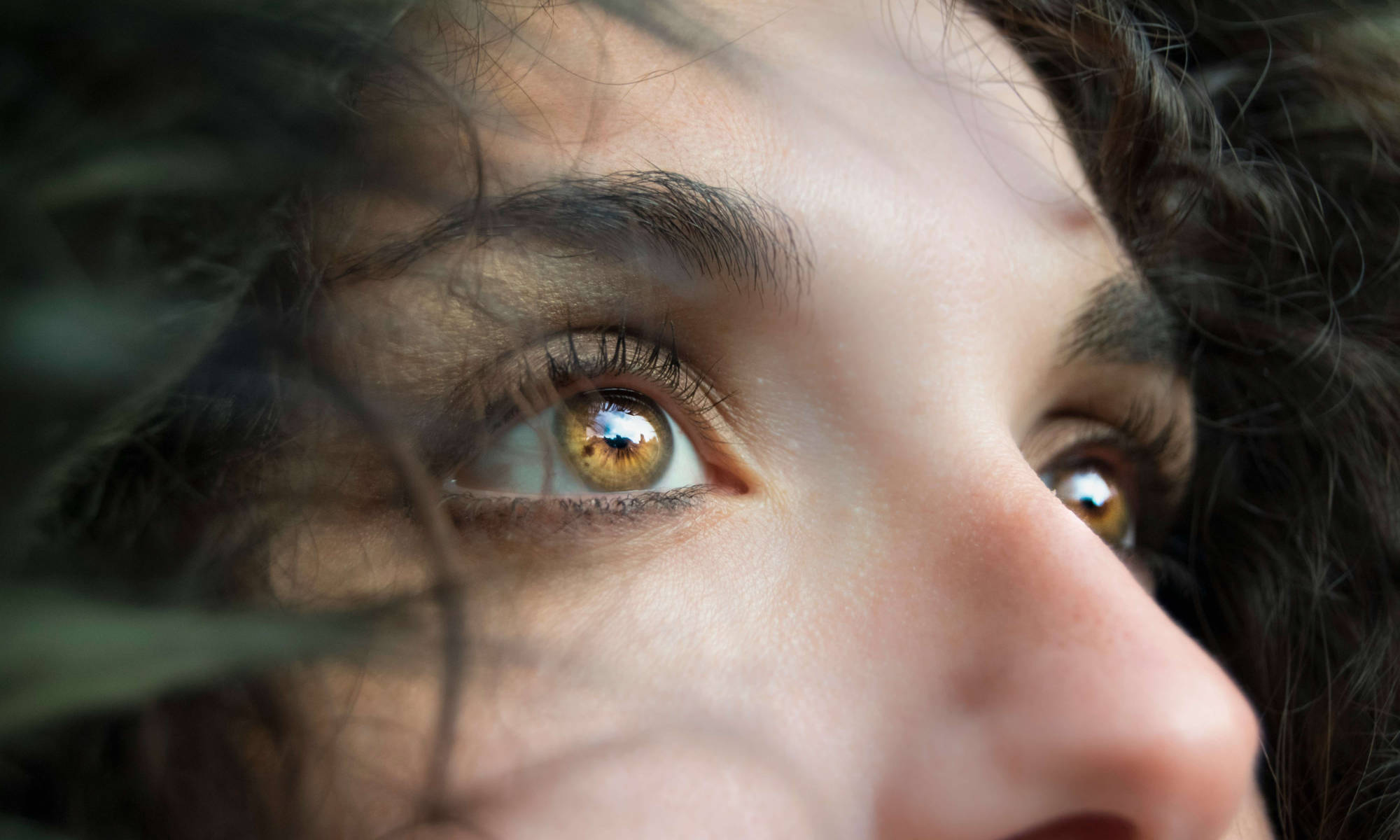Coronavirus update
The University’s website is a way to find guidance and critical information during a rapidly changing situation.
COVID-19 symptoms or exposure?
Find out what to do if you or a close contact have symptoms or think you may have been exposed.
As researchers around the world race to respond to the COVID-19 pandemic, three scientists at the University of Rochester are rapidly adapting previous research to develop tests to detect the fast-spreading disease.
The coronavirus research projects of Martin Zand, senior associate dean for clinical research at the Medical Center; Benjamin Miller, a professor of dermatology and biomedical engineering; and James McGrath, a professor of biomedical engineering, show how the close proximity of the University’s Medical Center to its River Campus enhance opportunities for Rochester engineers and medical researchers to collaborate closely with clinicians.
All three say their tests could not only help detect COVID-19 in individuals, but also improve understanding of the mechanism by which the disease damages human tissue. The result may lead to new treatments and vaccines.
Martin Zand: Finger-stick test
Zand’s finger-stick test uses patented technology to detect immunity to more than 50 strains of flu from just a few drops of blood. Now Zand’s lab is pivoting to use the test to detect and study immunity to COVID-19.
The test, which is similar to a blood sugar test for diabetes, comes in an easy-to-mail kit that includes detailed instructions, a small lancet, and blood collection swabs.
Currently validated for use in research, the test allows clinical study participants to collect their own blood samples at home and mail them to the lab. This approach cuts down on time and travel for study participants and reduces their risk of COVID-19 exposure.
“We’re hoping this could make COVID-19 vaccine trials faster and more convenient for those who volunteer for them,” said Zand, who also co-directs the University’s Clinical and Translational Science Institute (CTSI). “And hopefully, that will allow us to enroll many, many more people and get more and better information.”
Zand is seeking funding for this research but hopes eventually to test 1,000 people in Rochester and abroad, pending a collaboration with an Italian research group. The project would focus on testing health care workers who are at high risk, people who tested positive for COVID-19, and people who had symptoms but were never tested.
Benjamin Miller: Finding the virus with optics at the nanoscale
Miller’s lab uses the optical properties of nanostructured materials to create new biosensors and diagnostic tools. The lab is developing tiny sensor chips that use coronavirus proteins to “very quickly” detect the presence of the immunoglobulin G and immunoglobulin M antibodies that humans develop within two days of exposure to the virus.
“These are different from the tests that are out there now,” says Miller. Existing RNA testing for COVID-19, which includes taking swabs from the nasal passage, concentrates on nucleic acid to “directly detect the virus early on.” But, adds Miller, “it’s problematic because it’s very complicated and takes time to actually run the tests.”
His lab is exploring two techniques:
- Binding coronavirus proteins to silicon chips that otherwise have a near-perfect antireflection surface. When the chip is exposed to a drop of blood, any antibodies to COVID-19 will be attracted to proteins, changing the shape of light reflected from them using an Arrayed Imaging Reflectometry technique developed by the lab. Detection is accurate to the molecular level.
- Putting an optical chip on a disposable card that can detect infection when exposed to a blood sample. This research is part of a collaboration with the AIM Photonics Initiative and Ortho Clinical Diagnostics, a global company. The goal is to develop point-of-care optical tools for infectious disease diagnosis.
“Both projects are moving forward,” Miller said. “The problem right now is actually getting patient samples. Meanwhile we are optimizing our assays with ‘normal’ serum samples doped with coronavirus antibodies—basically making artificial patient samples.”
James McGrath: Using ultrathin membranes to capture and study
McGrath’s lab will use ultrathin silicon nanomembranes—less than 200 nanometers thick—to test samples of sputum, nasal mucus, or blood, “instantly” determining whether individuals have been infected with COVID-19. The membrane technology, which was developed based on work done in McGrath’s lab, is produced by SiMPore Inc., which McGrath cofounded.
McGrath says his lab can apply the membranes in two ways to address COVID-19: as a sensor and as a platform for discovering pathogenic mechanisms.
The membranes have virus-sized pores. Antibody coating of the pores will enable membranes to be used as selective sieves, trapping any viruses present in a patient sample and triggering a simple fluid movement that could be seen by eye. “The idea is to have an inexpensive device that requires no external power or reader—similar to a pregnancy test. This would allow population-based screening for infection in low-resource communities around the world. These communities are the most vulnerable and will probably never see rapid molecular diagnostic tests.”
Membranes can also be used to create a tissue culture platform for coronavirus research. “We have been talking to people in Pulmonary Medicine about using our membranes to learn more about the mechanism by which this virus attacks the lung and triggers a sometimes fatal response from the immune system,” McGrath says.
“There is an expectation that COVID-19 is going to be a seasonal problem for a while. It could come back in force this fall, and it might ramp up in the southern hemisphere this summer,” McGrath adds. “It will likely take more than a year to develop a vaccine, so COVID-19 is going to be with us for some time. If we move quickly but deliberately, I think the device could be ready in time to help with the current pandemic.”
The University of Rochester’s Center of Excellence in Data Science Center and Center for Emerging and Innovative Science (CEIS), a state-designated Center for Advanced Technology, are collaborating on the project and have provided $185,927 in funding to support the research and development. The Centers are part of a state-funded network of Centers of Excellence and Centers for Advanced Technology that foster collaboration between academia and industry to commercialize new products and technologies.
Read more
 New URMC coronavirus research examines immune response
New URMC coronavirus research examines immune responseResearchers at the New York Influenza Center of Excellence are launching a new study to determine if and when a person could be re-infected with the novel coronavirus and whether some people have pre-existing immunity.
 Rochester economist: Without stronger leadership, ‘disaster’ lies ahead
Rochester economist: Without stronger leadership, ‘disaster’ lies aheadWithout a coordinated system of testing, tracing, and quarantining for COVID-19, economic activity cannot resume—and the downturn will be steeper and longer than any since before World War II, says a Rochester economist.

‘Make every effort to connect—digitally—with other people’
How best to handle the psychology of social distancing? Two Rochester psychologists offer ideas.



